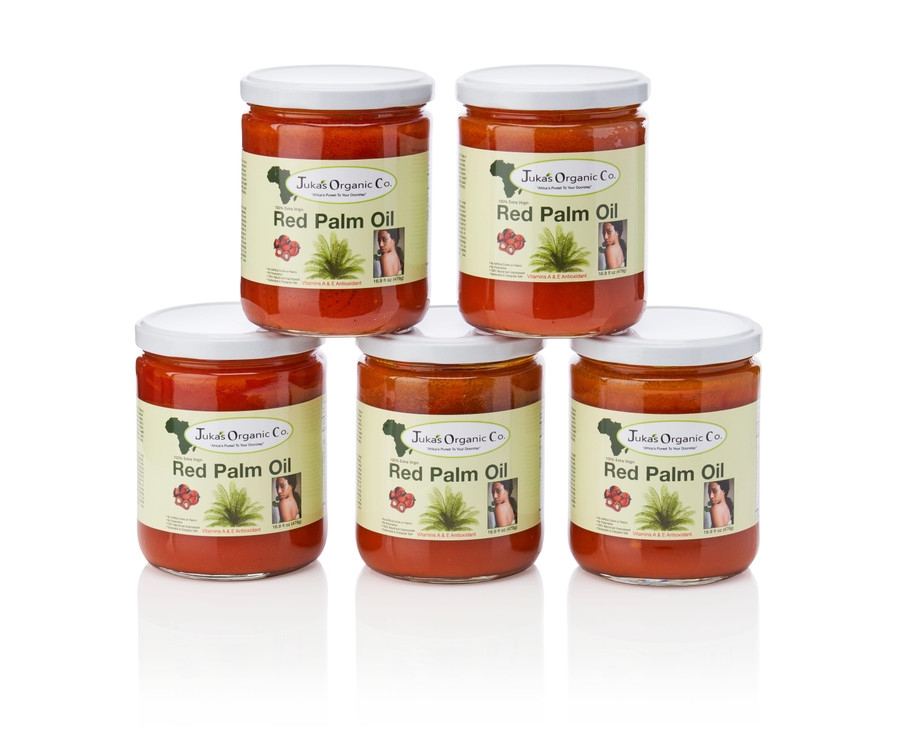In the heart of West Africa lies a culinary gem that has been a staple in the region for centuries – West African Red Palm Oil. Derived from the fruit of the oil palm tree, this vibrant, flavorful oil is more than just a cooking ingredient; it's a cultural symbol deeply woven into the fabric of West African heritage. Join us on a journey as we explore the rich history, nutritional benefits, and cultural significance of this remarkable culinary treasure.
A Glimpse into History
Dating back to ancient times, West African Red Palm Oil has been a fundamental element in the region's cuisine and culture. Harvested from the oil palm tree (Elaeis guineensis), indigenous communities have been extracting oil using traditional methods for generations. The vibrant red hue, characteristic of this oil, is attributed to the high concentration of carotenoids, offering both a distinctive color and a wealth of nutritional benefits.
Nutritional Wonders
Rich in Antioxidants: West African Red Palm Oil is a powerhouse of antioxidants, including beta-carotene and tocopherols, which play a crucial role in neutralizing free radicals and promoting overall health.
Heart-Healthy Fats: Despite its classification as a saturated fat, red palm oil contains a balanced composition of fatty acids. It is a source of both saturated and unsaturated fats, including oleic acid, which is known for its heart-protective properties.
Vitamin-Rich: Packed with essential vitamins such as vitamin A and E, red palm oil contributes to vision health, skin maintenance, and immune system support.
Nutrient Absorption: The fat-soluble nature of red palm oil aids in the absorption of fat-soluble nutrients, enhancing the bioavailability of nutrients in various dishes.
Culinary Delight
Versatile Cooking Ingredient: West African Red Palm Oil is a versatile addition to a wide range of dishes, from traditional stews and soups to modern fusion cuisine. Its distinctive flavor profile adds depth and richness to recipes.
Cultural Symbolism in Cuisine: Across West Africa, red palm oil is more than a cooking ingredient; it's a symbol of cultural identity. Its presence in celebratory meals and everyday dishes reflects the deep-rooted connection between food, tradition, and community.
Sustainable Practices: The cultivation of oil palm trees has faced challenges related to deforestation and environmental impact. However, efforts are underway to promote sustainable practices, ensuring the preservation of both the environment and the cultural significance of red palm oil.
Challenges and Opportunities
Environmental Concerns: The global demand for palm oil has led to environmental concerns, including deforestation and habitat loss. Sustainable practices and certification programs aim to address these challenges and promote responsible sourcing.
Economic Opportunities: West African countries have an opportunity to leverage the growing interest in exotic and traditional foods. By promoting sustainably sourced red palm oil, they can contribute to both local economies and global culinary diversity.
Conclusion
In a world where culinary traditions are celebrated and diverse flavors are embraced, West African Red Palm Oil stands out as a symbol of cultural heritage and a source of nutritional richness. As we savor the vibrant hues and distinctive flavors of this culinary treasure, let's also reflect on the importance of preserving the traditions and ecosystems that make it possible. In each drop of red palm oil, there's a story that transcends the kitchen – a story of resilience, tradition, and the intricate tapestry of West African culture.

